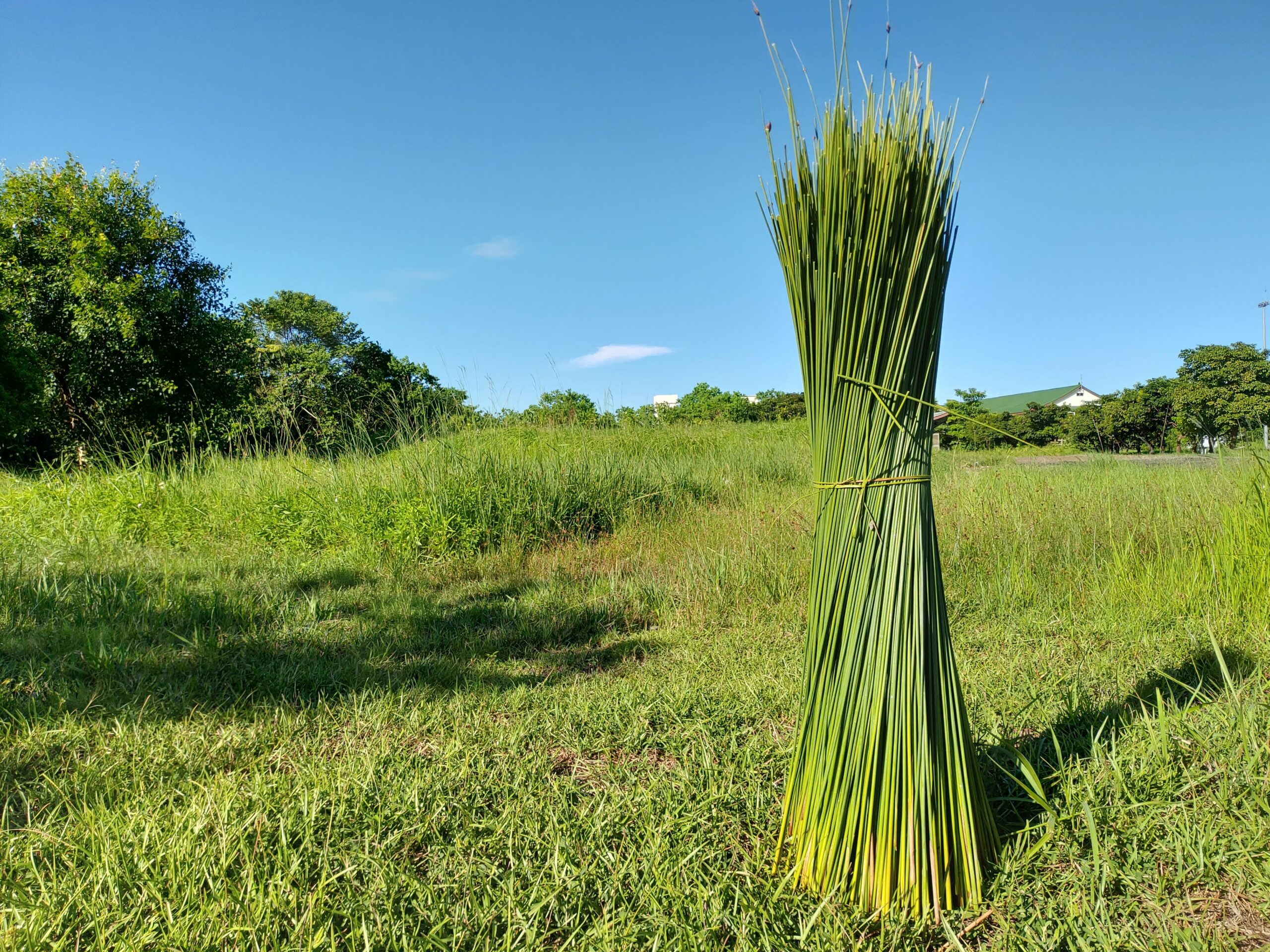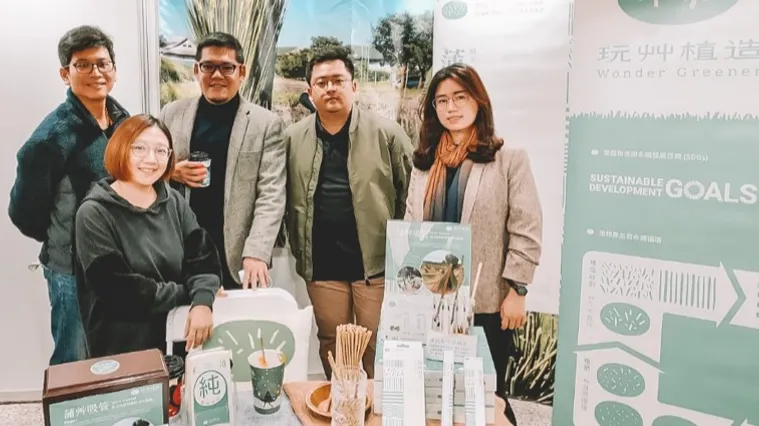Hi everyone! I’m a typical office worker—and an incurable takeout lover. Every lunch hour, the variety of food options near my office always dazzles me. But behind all the deliciousness lies a mountain of disposable waste—plastic bags, paper boxes, single-use chopsticks, straws… Every time I see this, I can’t help but feel a bit guilty, wondering if I’ve become a garbage-making machine.

Although I really want to reduce plastic, to be honest, I’m also someone who “avoids hassle.” I worry that eco-friendly utensils won’t get clean enough, carrying extra stuff is heavy, and sometimes I fear I’ll lose motivation quickly. Then one day, I decided to treat plastic reduction like a “game” and started from the easiest “beginner” level. To my surprise, I actually did it! Now, let me share my office plastic reduction tips to help you, step by step, easily ditch takeout waste and level up to a plastic-cutting pro—just like me!
Step 1: Easy Start—Focus on Sorting

If you’re like me—wanting to reduce plastic but afraid of the hassle—start with these few “pain-free” small changes! This is the easiest stage to implement and the quickest way to see results, helping you build confidence in a plastic-reducing lifestyle.
- Waste Sorting: Start Small to Make Waste Reduction More Tangible! When eating out, it’s hard to produce zero waste, but at least I make sure to sort my trash properly at work or home. It starts with knowing what’s plastic, what’s paper, and what can be recycled. This helps me understand how much and what kinds of waste I generate daily and gives me a clear idea of where my trash ends up. Don’t underestimate this simple step—it’s the foundation of building eco-friendly habits, raising your awareness of waste reduction, and encouraging you to think about cutting waste at the source.
- Bring Your Own Shopping Bag: Not Just for Groceries! You might think, “Who doesn’t own a reusable shopping bag these days?” But the real question is—how do you use it? I realized it’s not just handy at the supermarket—it’s a total game-changer for takeout, too! I used to end up with a pile of plastic bags after every lunch. Now, I keep one or two lightweight reusable bags in my purse. Whether I’m packing a lunch box, grabbing some bread, or picking up a bubble tea, I just use my own bag. It’s way easier than you’d think, and the sense of accomplishment from seeing less trash pile up is instant!
- Ditch Bottled Water: My Reusable Bottle + Office Water Dispenser = Perfect Combo. This one’s super simple—and it actually helps me drink more water, too! Every morning, I fill up my reusable bottle. Most offices have a water dispenser, so I can easily refill it throughout the day without ever needing to buy bottled water. Even when I’m out and about, I try to find refill stations, convenience stores, or cafés where I can top it off. Not only does this cut down on plastic bottle waste, but it also helps me stay hydrated and feel healthier every day!
Step 2: Building Habits—Upgrade Your Gear

Once you've completed the first step, you'll realize that going plastic-free isn't as hard as you thought. This is the perfect time to consider upgrading your gear a little. You’ll be surprised how these small investments can make a big difference—and bring a lot more convenience to your daily routine.
- Bring Your Own Reusable Utensils: Find Your Perfect Match! I used to worry that /strong>eco-friendly utensils would be hard to clean or too heavy. But eventually, I picked a simple stainless steel set—just a spoon and chopsticks. Here’s my tip: think about your own needs first, then choose what feels right for you! As someone who prioritizes easy cleaning, I went with stainless steel, and that made all the difference. After meals, I simply wipe them down with a tissue and wash them properly when I get home—quick, easy, and no lingering smells. Yes, it’s one more step, but knowing I’ve just saved a disposable set from the trash makes it totally worth it!
- Bring Your Own Cup, Save NT$5: I’m a hardcore drink lover—at least one cup a day, no exceptions. So when I realized that bringing my own reusable cup to convenience stores or drink shops could save me NT$5 every time, it felt like discovering a hidden treasure! Real money saved, every single day! Now, my eco-cup goes everywhere with me. In this stage, how your cup looks and feels actually matters a lot. A cute, stylish, or sleek reusable cup doesn’t just hold drinks—it fuels your motivation. I’ve found that the right cup turns eco-friendly habits into a lifestyle choice, making sustainability feel less like a chore and more like a personal style statement.
- Embrace the Grass Straw: Hassle-Free & Truly Practical for Takeout Life. Cleaning reusable straws was my biggest turn-off. I used to worry about hidden grime or bacteria buildup in the straw walls—just thinking about it made me hesitate. But then I discovered the Grass Straw, and it’s been a total game-changer! Made from natural Lepironia grass, it’s fully biodegradable and disposable. After use? Just toss it in the food waste bin or trash—no washing required. For someone like me—always on the go and allergic to inconvenience—it’s the perfect sustainable swap. It solves the biggest pain point of reusable straws, lasts longer than paper ones, and has no weird taste. It makes my low-waste lifestyle feel so much
Step 3: Becoming a Pro—A Mindset for Sustainable Living

Congratulations! If you’ve made it this far, you’re officially a seasoned plastic-reduction pro. At this stage, the focus is no longer on how many eco-friendly tools you own, but on a deeper sense of sustainability and life wisdom.
- Avoid Overbuying “Eco-Friendly” Products: Overcome Green Anxiety and Use What You Have Wisely. “Green anxiety” is when you worry you’re not being eco-friendly enough, so you end up buying lots of “green” products—many of which go unused, leading to repeated purchases and wasted resources. The most important lesson I’ve learned is that true sustainability isn’t about filling your space with eco-friendly items, but about making the most of what you already have. Don’t buy duplicates; only purchase what you truly need, and make sure to choose wisely and intentionally.
- Learn Care and Maintenance: Make Your Eco-Friendly Utensils Last Longer! No matter how good your eco-friendly utensils are, without proper care, they can easily get damaged. I now pay special attention to how I clean my reusable cups and lunch boxes, giving them a thorough wash regularly to keep them in top condition. This way, they last longer and better support the goal of reducing waste.
- Dine In and Savor the Moment: Reducing Plastic Is Also Improving Life Quality! When time allows, I now try to choose dining inside the restaurant rather than takeout. This cuts down on single-use packaging and waste, and lets me focus more on enjoying my meal and appreciating life’s little pleasures. It’s not just about reducing plastic—it’s also a way to enhance the quality of life.
- Stay Flexible and Accept Imperfection: Reducing Plastic Isn’t About Being Perfect! Finally, I want to say that living a plastic-reduced life isn’t a test—you don’t need a perfect score. Sometimes I still forget my reusable bags or utensils, and that’s okay! What matters is that I keep trying and learn from each “imperfection.” The key is consistency—making plastic reduction a relaxed, natural habit instead of a heavy burden.
Plastic Reduction Made Easy!
Start with waste reduction and choose convenient eco-friendly utensils like Grass Straws.
One step at a time, you’ll master cutting plastic—positively impacting the planet.


